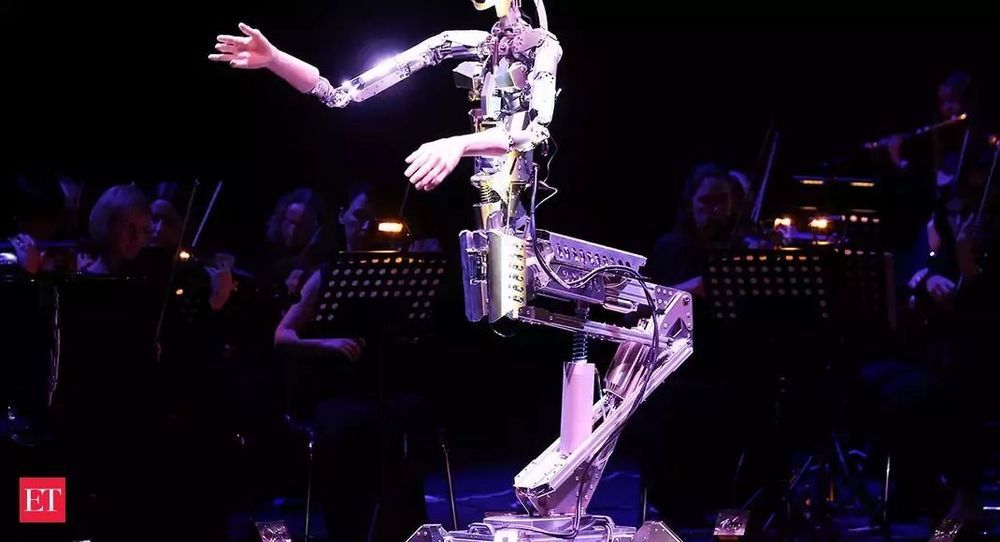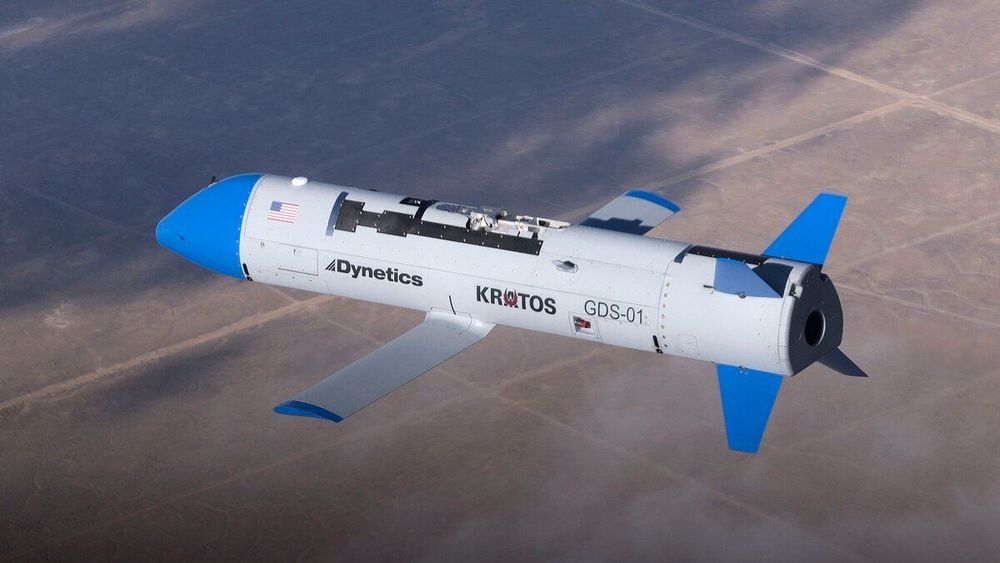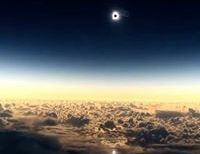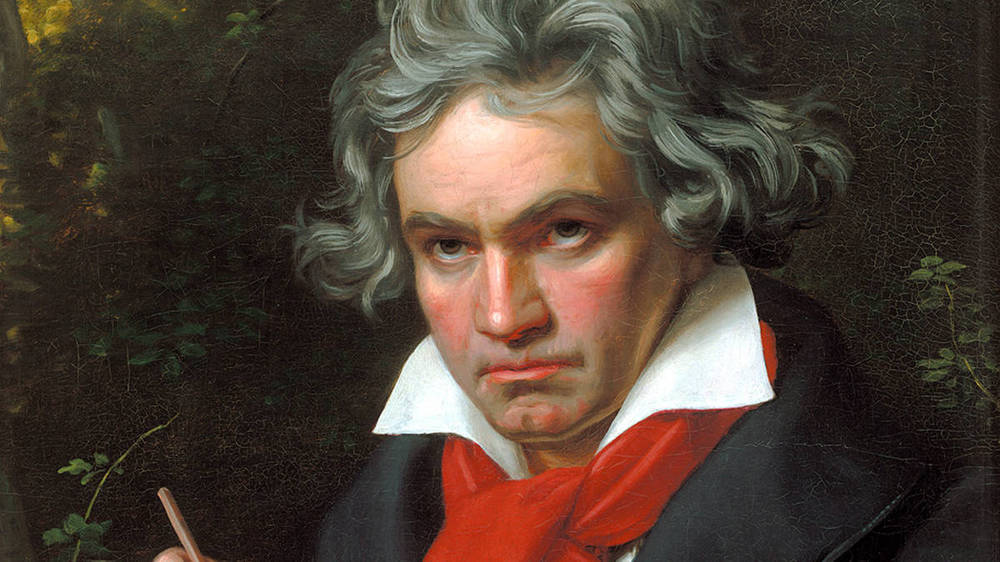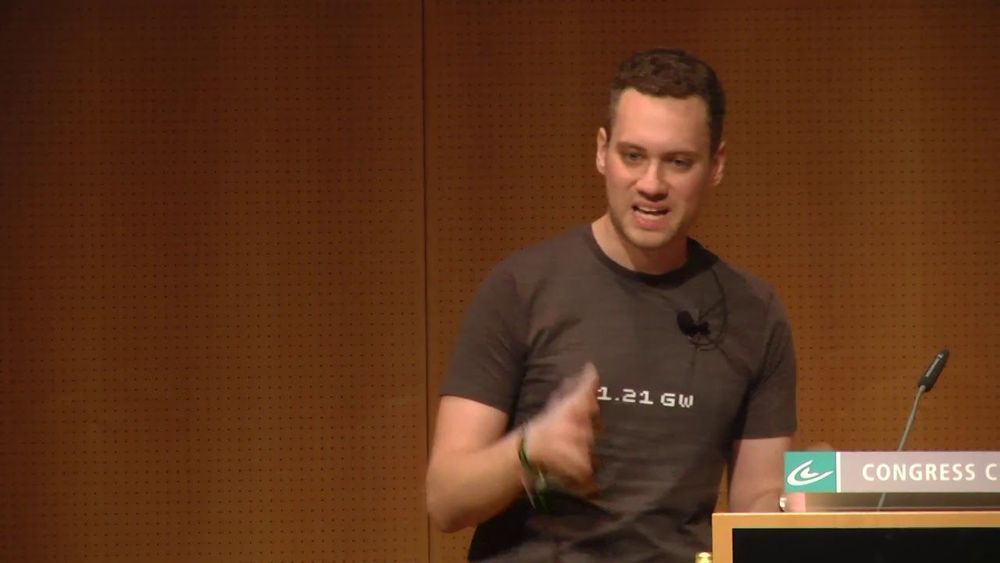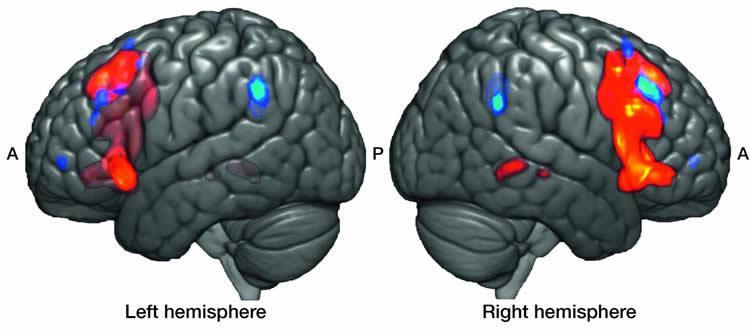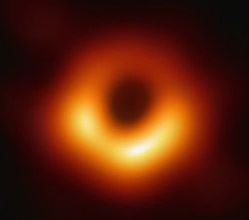
The image, and resulting data, has helped astronomers learn more about black holes in general, and this one in particular, making that two-year wait more than worthwhile. Part of the reason for the delay was simply the logistics of gathering so many observations. Each observatory collects data over a narrow range of wavelengths, resulting in massive amounts of information — the equivalent of up to 5,000 years of mp3 music files. That’s too much to just email someone. Researchers instead had to find ways to physically move that data around. For instance, to transport the information out of the South Pole Telescope in Antarctica, scientists had to wait until spring, when planes finally started flying out again.
Only then could researchers begin the complicated process of stitching together data from the eight observatories, a technique known as interferometry. The team had their work cut out for them: Raw files from each of the observing sites came in with different angles on the sky, in different wavelengths and at different observation times.
“The calibrating and working with it took many months,” Özel says. “And at the end we synthesize it into a single image.” But that’s still not the end of the work, she says. “[You] spend another six months worrying about all the things you might have done wrong, and ask yourself more and more questions, until finally you can be certain that what you have is real.”
